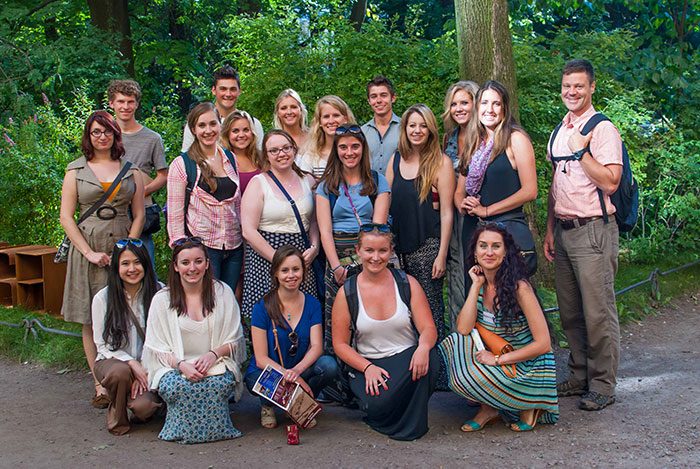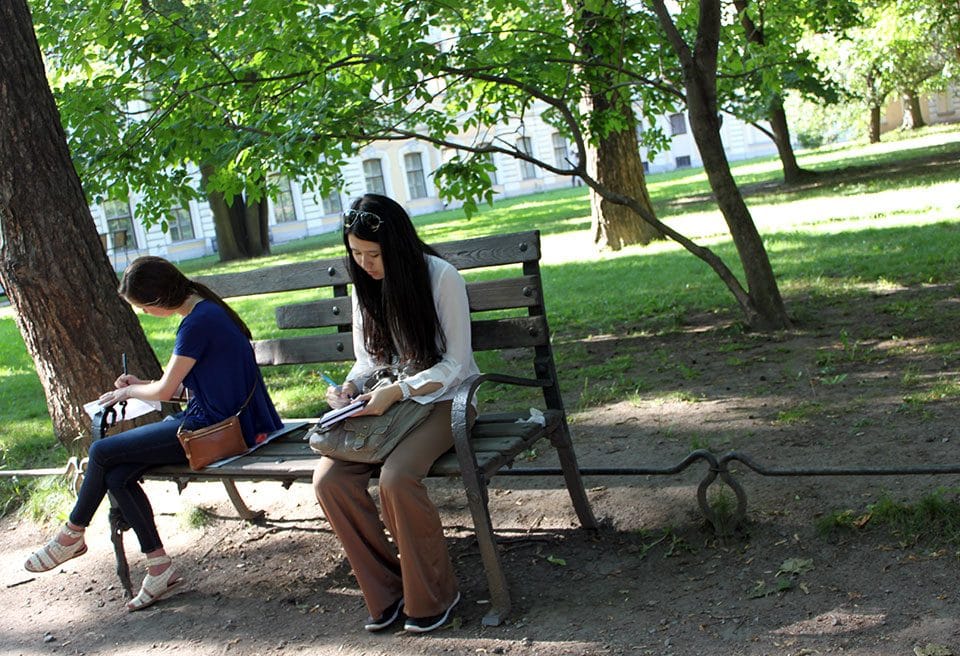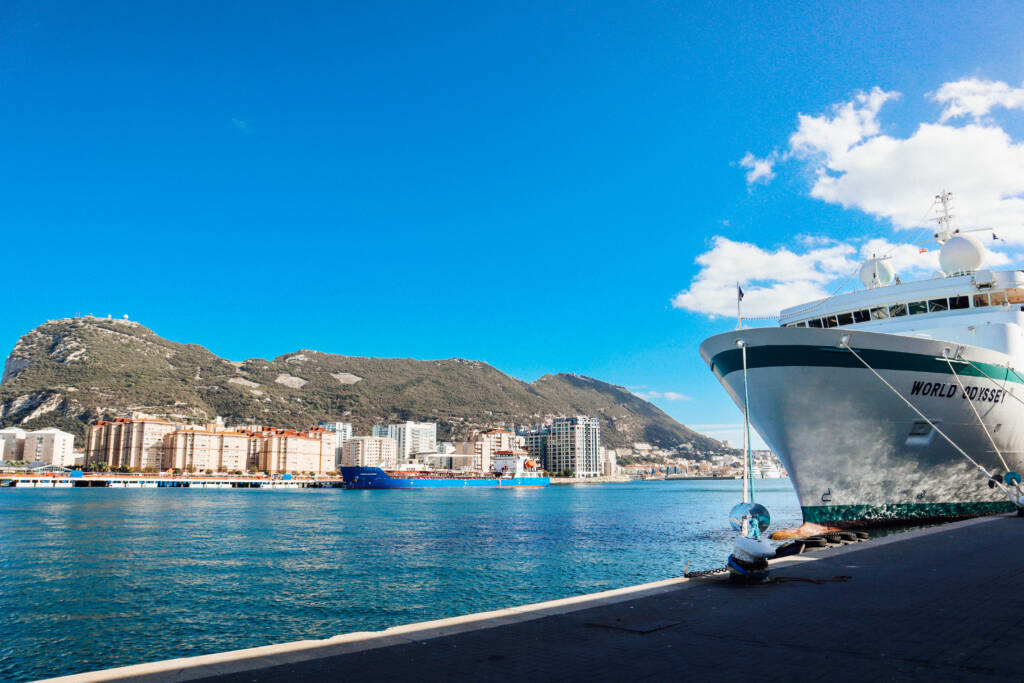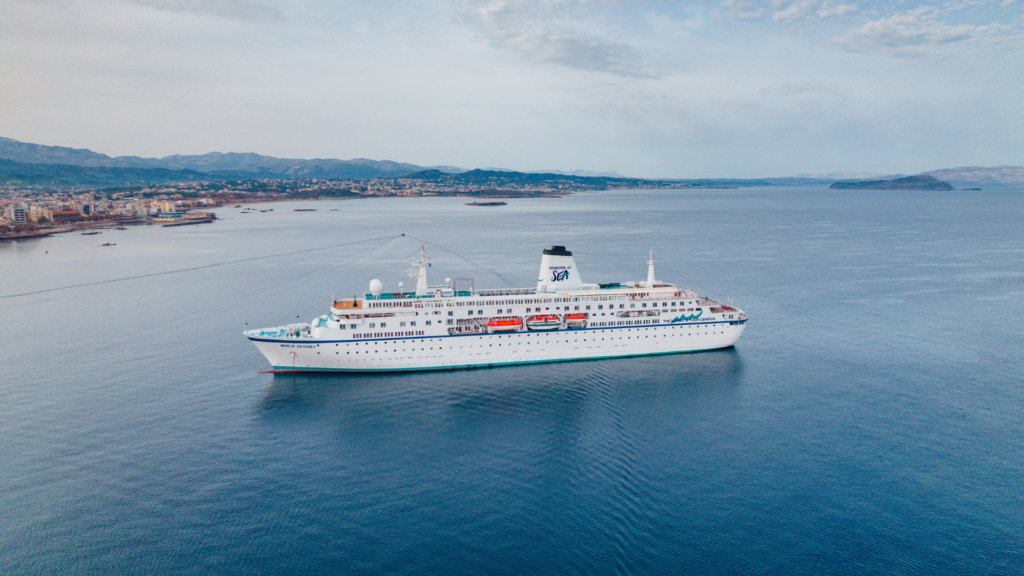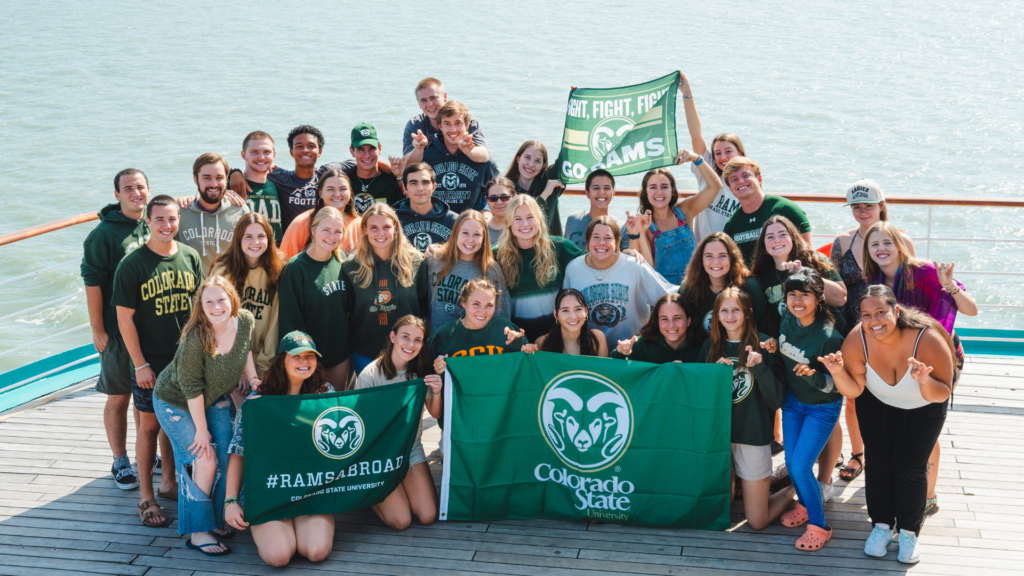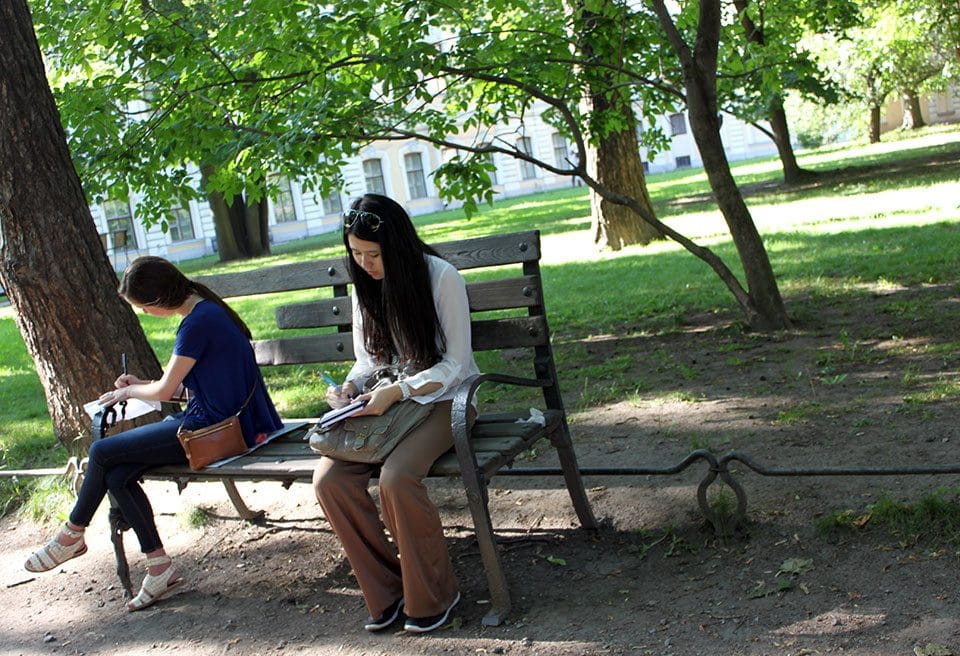
“It’s more stimulating and the people are more lively than I expected.”
“There are beautiful people, dressed nicely and in trendy clothing.”
“It’s so grand; it reminds me of Paris.”
“Definitely more colorful than I thought it would be.”
Those are a few of the observations students in John Casteen’s Travel Writing class had after strolling just a few blocks of Nevsky Prospekt, the busy, wide boulevard in St. Petersburg’s city center and subject of Russian author Nikolai Gogol’s same-named short story the students had been assigned to read.
The purpose of strolling along the bustling avenue lined with upscale shops, souvenir stores, restaurants, cafes and 18th-century churches was twofold: To take in present-day Nevsky Prospekt and compare it with might have been happening there in the 1830s, when Gogol described the thoroughfare as “the making of the city” that has “an atmosphere of gaiety.” Also to encourage students think like travel writers while engaging the five senses in an effort to best capture vivid descriptions of what is in front them, not only for a reflective feature-length travel essay due after their four days spent in Russia, but for any future descriptive writing they might do.

During this class field lab, professor John Casteen reminded his students that observing like a perceptive travel writer on location can take several forms, as well: “Looking at” a place is passive way to discover a foreign area, while “looking for” is a more active method, even when you’re not sure exactly what you’re looking for. “Look around you and figure out why something is there‚Ķ then figure out what it means,” says Professor Casteen, whether that “something” might be the way people are dressed, an unusual street sign or an unfamiliar type of vehicle.
Similarly, Professor Casteen says it’s key for travel writers to observe with a “micro view,” where a close focus and “eyes on the trail” are important for picking up details ‚Äì or in St. Petersburg, more appropriately, it’s ideal to keep an eye on the sidewalks (and missing bricks or loose cement) for safety reasons. Meanwhile, a travel writer should never lose sight of the “macro view” of the bigger landscape, “so you don’t forget what’s happening around you,” says Professor Casteen.
Students had plenty of opportunities to look at the big picture and the smaller details during a two-hour walking tour of not only Nevsky Prospekt, but also landmarks sights in the area such as Palace Square in front of the Winter Palace and Hermitage Museum. Thanks to friendly and efficient local tour guide Katya Koshevatskaya, who knows the city like the back of her hand, students also learned about key figures in St. Petersburg’s history and were able to snap photos of their statues, including Peter the Great, Catherine the Great, as well as the literary figure they’d studied, Nikolai Gogol.
After a filling lunch of traditional Russian borscht and beef stroganoff, students walked to another key sight on the day’s field lab: the Anna Akhmatova Museum housed in the 20th-century poet’s apartment located in one of the oldest palaces of St. Petersburg. The class had together read “Requiem,” Akhmatova’s poem about the suffering encountered by Soviets under the Stalinist Terror; at the museum, they learned that the poem was kept a secret for many years, and that Anna had friends memorize passages of it because she couldn’t write the words down for fear of them being found by the Stalin’s police, which might have resulted in the poet’s arrest. The poem was not published in the Soviet Union until peristroika in the 1980s — 20 years after the poet’s death.

The long and narrow rooms of Akhmatova’s home from 1924 to 1952 have been recreated with period furnishings and some of the actual belongings of Akhmatova and her husband, art historian Nikolai Punin. Seeing where Akhmatova slept and wrote, where she cooked in a communal kitchen with other apartment residents, and where she sat for meals helped students better understand her living conditions and perhaps her frame of mind before, during and after World War II. Most poignant was a simple photo of Akhmatova and Punin that had been taken in the very courtyard where Semester at Sea students later took the time to reflect on all they’d seen (and heard, smelled, touched and even tasted) during their very full first day in St. Petersburg.
